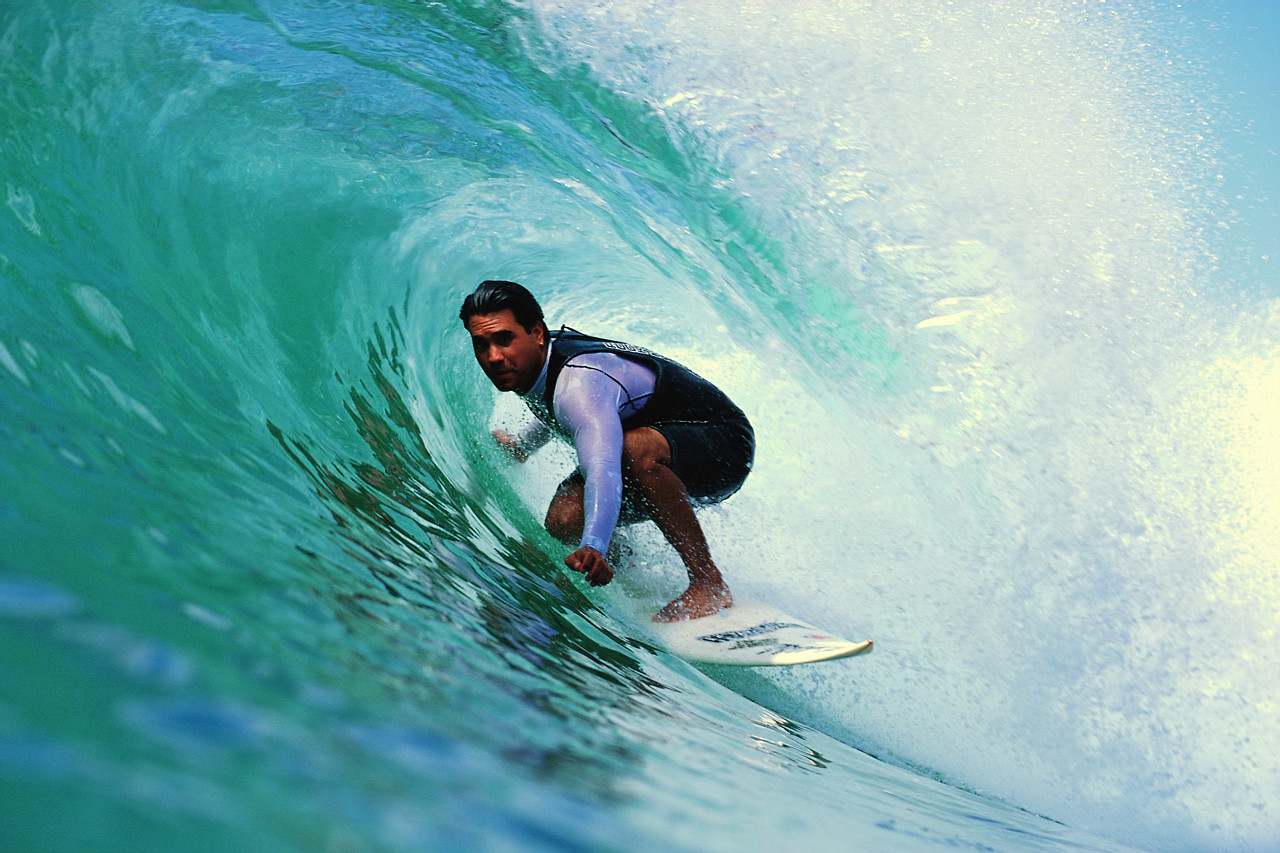 Another new mediation venture in Scotland: last week saw the launch of University of Strathclyde Mediation Clinic (http://www.strath.ac.uk/humanities/lawschool/mediationclinic/ ). While by no means a new idea, it’s the first in this jurisdiction. The response took us by surprise. We were graced with the presence of the University’s Principal, a judge, lawyers, sponsors, advice agencies, academics and students. I even made a wee speech, of which more below.
Another new mediation venture in Scotland: last week saw the launch of University of Strathclyde Mediation Clinic (http://www.strath.ac.uk/humanities/lawschool/mediationclinic/ ). While by no means a new idea, it’s the first in this jurisdiction. The response took us by surprise. We were graced with the presence of the University’s Principal, a judge, lawyers, sponsors, advice agencies, academics and students. I even made a wee speech, of which more below.
It has set me thinking about a remark made by Peter Adler on a recent visit to Scotland. Talking about the state of mediation in the USA he spoke of ‘high need, high supply, low demand’. I’m sure the same phenomenon exists all over the world. So when a new venture like the Mediation Clinic is launched, well-wishers probably focus on the high need. Scotland is not short of disputes! And dispute professionals like lawyers and advice workers know the pain and harm they can cost.
The supply of mediators is also plain to see: each year, in a country of 5 million, dozens, possibly hundreds, of people receive mediation training (although I would argue that our postgraduate students are engaged in something qualitatively different from basic training – subject for another blog).
The third side of the triangle, demand, is more problematic. I have observed before that mediation is a bit like dentistry. It’s not something most of us devote much thought to, but when we have toothache we want a good dentist, and fast. Whoever invented the dental checkup was a genius, and I’m not sure that mediators have yet found the equivalent. But we do know that many people would rather have their wisdom teeth extracted than involve a mediator in their dispute! The task, or knack, for the Clinic is to match need with supply and demand, all at the right moment. We have committed and enthusiastic mediation students, experienced mentors, a supportive institution and a small claims court bursting with party litigants. What could possibly go wrong?
So with fingers firmly crossed we will ride the wave of goodwill surrounding the Clinic and wait for the clients to roll in.
The speech is below.
Mediation is a very simple idea: two people can’t agree – you bring in a third who helps them sort it out. Conflict, on the other hand, is a very complex thing, exercising the human mind for as long as we know. It has produced quotes from some surprising people:
“No man can think clearly when his fists are clenched.” George Jean Nathan
“Peace is not absence of conflict, it is the ability to handle conflict by peaceful means.” Ronald Reagan
“A psychologist once told me that for a boy being in the middle of a conflict between two women is the worst possible situation. There’s always a desire to please each one.” Hilary Clinton
“Football is made up of all kinds of conflict. In a dressing room, between players, between us and the manager, between us and loads of people who don’t seem to matter. It’s constant and harsh sometimes.” Wayne Rooney (Britain’s highest paid footballer, allegedly)
The 2,500-year-old Book of Proverbs has some key wisdom:
“A soft answer turns away wrath, but a harsh word stirs up anger”
There are thousands of courses and millions of books dedicated to conflict. There are even movies called “Conflict”: with John Wayne in 1936, Humphrey Bogart in 1945 and Sopia Loren in 1963.
Doing something constructive about it – the resolution of conflict – is much more of a minority pursuit. And so the Law School here at Strathclyde deserves credit for hosting the Masters in Mediation and Conflict Resolution, the first of its kind in Scotland. Mediation is an ancient skill, but the idea of studying it at postgraduate level is relatively recent. And, like other skills-based courses, we require our students to flex not one but two memory muscles.
Traditionally universities have been very good at developing “declarative memory”: our ability to recall facts and ideas. More tricky is the development of “procedural memory”: knowing how to do things (for more on this see http://kluwermediationblog.com/2012/02/13/a-new-generation-of-mediators/ ). Exams and assignments tend to teach us how to do exams and assignments. But the “how to” of a new skill like mediation requires repetition. Malcolm Gladwell famously asserts that the best musicians and sportspeople put in “10,000 hours” to achieve mastery (for more on this idea see http://passiveproductive.com/deliberate-practice-the-10000-hour-rule/ ).
In that spirit of learning by doing, we use a range of teaching methods: reflective journals, simulations, demonstration and video. The Mediation Clinic marks the next step in this journey. Over the past twenty years, across North America, law schools have been developing clinical mediation programmes. These match up unmet legal need with the skills and enthusiasm of young mediators. Parties are often unrepresented and have limited resources: the idea of achieving a speedy and fair resolution at reasonable cost is exactly what the justice system is about.
Even at four days’ distance it all seems rather optimistic. Yet sometimes you just have to enjoy the warm glow of a new dawn. I dedicate this blog to the students and practitioners who have generously given their time to make the Clinic a reality.
________________________
To make sure you do not miss out on regular updates from the Kluwer Mediation Blog, please subscribe here.




Best of luck with the initiative, Charlie!
Charlie, do you think its because we are getting old and skeptical?